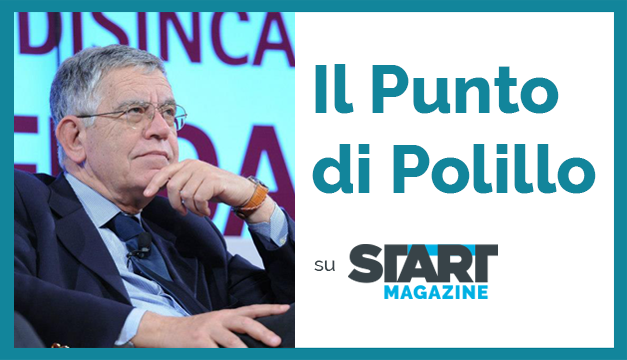Why the Government Recovery and Resilience Plan (Pnrr) is full of unknowns and confusions

Gianfranco Polillo read the “National Recovery and Resilience Plan” (Pnrr). Here is his analysis
It is not easy to identify the rationale on which the PNRR was built. To the century: the “ National Recovery and Resilience Plan ” which should guarantee the best possible use of the resources allocated by the European Union to cope with the disasters produced by the pandemic. Let's start with the resources. As is now known, they will amount to 208.6 billion, of which 63.8 in the form of grants and the rest, for a value of 144.8 billion in debt (loans). A percentage, the latter, which is approximately 70 percent of the total. And this is where a first problem arises.
Their accounting regulation, according to the European agreements, will be defined in detail by Eurostat, following the necessary consultations. At the moment it is almost certain that the grants will not be counted in the calculation of the public debt, while the loans will be. So the government has already been forced to put its hands on. "However, it must be considered – it is written in the document – that the loans granted to Italy by the European Commission, if not offset by reductions in other expenses or increases in revenues, will contribute to increasing the deficit of the public administration and the accumulation of public debt". Ergo: “the PNRR must therefore be accompanied by budget planning aimed at rebalancing public finance in the medium term”.
Let's stop for a moment. What does all this mean? On the one hand, we will be able, so to speak, to “indulge” in the use of European funds. As was done in the past for the structural ones, made available for the less developed areas. But on the other hand it will be necessary to pull the belt, in ordinary administration, to make ends meet. What is given with the right hand must, in some way, be recovered with the left. The PNRR promises that the right balance between these two opposing trends will already be found "in the update note of the forthcoming DEF" which will detail "the path of recovery from the deficit for the years 2021-23". We confess, on the basis of known precedents, all our skepticism.
In the complicated geography of the Plan, divided into challenges ("to help solve – but perhaps it was better to say" win "- the strategic challenges of the country), missions (" and thematic areas of clusters "), projects and support policies, yes European footsteps have followed. That is to say the method observed in the “specific recommendations for each country”. A long list of things to do. A sort of large menu on the basis of which, as in the restaurant, each country could express its preferences. It was not, in fact, the task of the European Commission to indicate the necessary priorities, nor any selection criteria. Penalty: a serious violation of the sovereignty of each member state.
But if this criterion was right for Europe, it is certainly not for the government to which the recommendations are addressed. On the contrary, in this case, the choices are obligatory. You do this, but not that. Everything depends not only on the urgency of the problems, on the sensitivities of each country, but above all on the availability of existing resources. And this is precisely the dilemma that is destined to materialize on the table of Palazzo Chigi and Via XX Settembre as of today. Given the relationship destined to exist between the use of European loans and subsequent budgetary maneuvers, oriented in an opposite and opposite direction. "The strong expansion of the deficit – the document sadly recalled – expected for this year" has already occurred.
Given these premises, we would have expected not a more or less exterminated list, like the one presented in the document, but a greater selection from the beginning. And since we understand the torments of politics, if it was really necessary not to upset anyone (ministers, undersecretaries, people's leaders and lobbyists), at least a criterion had been indicated. Among the various projects, those that will have the best impact on GDP growth will be chosen. Or they will lead to less financial exposure. Or, in the case of investments, a higher return. In short, something concretely measurable with the economist's balance. Rather than continuing to declaim, like a broken record, the great value of the green and digitalization.
This is a machine translation from Italian language of a post published on Start Magazine at the URL https://www.startmag.it/economia/perche-e-zeppo-di-incognite-e-confusioni-il-piano-governativo-di-ripresa-e-resilienza-pnrr/ on Sat, 19 Sep 2020 05:00:03 +0000.
